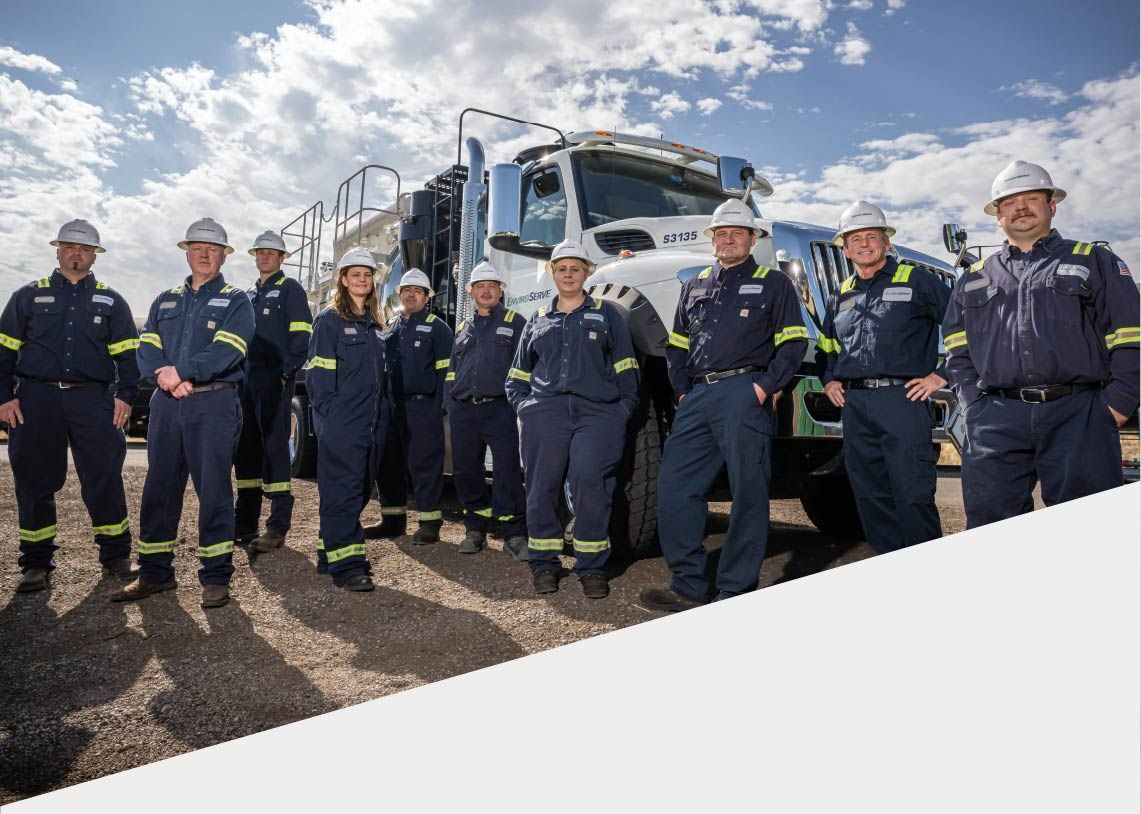Avoiding Heat Stress This Summer
The month of July is often characterized by patriotic holidays, backyard grilling, and jumping in the pool, but it holds a very different kind of distinction from a climatological perspective: on average, July is the warmest month in the world. While the prospect of clear skies and bright sunshine is enough to lure most people outside to work and to play, it’s important to be aware of the effect that prolonged exposure to high temperatures can have on our bodies.
More Than a Sunburn
For those who work outside for a living, such as in construction, landscaping, or ground patrolling, the threat of overheating is nothing new. But for the rest of us, it may be difficult imagining anything worse than a bad sunburn. While it’s true that every July day can feel oppressive under the summer sun, the latest scientific data adds some vital context: the earth’s temperatures are steadily rising.
July 2021, for instance, was the hottest month ever recorded. If we want to continue to enjoy the outdoors safely, we must make heat stress prevention one of our highest priorities.
The National Institute for Occupational Safety and Health (NIOSH) broadly defines heat stress as an occupational illness or injury, resulting from exposure to extreme heat. This manifests more particularly as:
- Heat stroke
- Heat exhaustion
- Heat cramps
- Heat rashes
- Rhabdomyolysis (blood poisoning from the breakdown of muscle tissue)
Symptoms and Emergency Response
As the body struggles to regulate its internal temperature, neurological symptoms such as confusion, dizziness, decreased motor function, and a change in personality can occur. In extreme cases, seizures, fainting, and/or death will follow. It’s important to take regular inventory of your bodily functions when spending a prolonged amount of time in a hot environment. A sunburn – even a severe one – is not always the best indicator of what’s wrong; changes in your sweating, breathing, and urination, on the other hand, should not be ignored.
In the event of a serious heat-related illness, access to immediate medical treatment may not be available. For this reason, it’s best to understand the basics of heat stress first-aid so prompt care can be rendered in the meantime.
Heat Stress First Aid
- Call 911
- Appropriately replenish fluids and electrolytes (water preferred)
- Apply cold compresses to the head and neck
- Get out of direct sunlight, if possible
- Sit or lie down
- Avoid ingesting anything salty
Guarding Against Heat Stress
In moments of crisis, the quality of our emergency response is largely dependent on three things: our first aid training, our emergency preparedness, and the resources available to us. While it is generally advisable to keep your first aid certification up to date, it’s important to implement standards of safety at home and at work. This can be accomplished in a number of ways:
- Keep an emergency supply kit with non-expired food and drink accessible
- Ensure that there is easy access to shaded areas
- Take breaks/rest when necessary
- Increase your water consumption
- Protect against sunburns by applying sunscreen daily
- Make sure someone knows where you are and checks in periodically
- Develop a health and safety management plan within your family, friends, and work cohorts
The importance of the safety plan mentioned above cannot be overstated. Just as climatological data underscores the increased hazards of heat stress, data collected by organizations such as OSHA and NIOSH report work-related injuries and illnesses in the millions each year.
EnviroServe is committed to reducing that number as much as possible. We invite you to join us in that effort by educating your team and having a robust emergency response plan.

